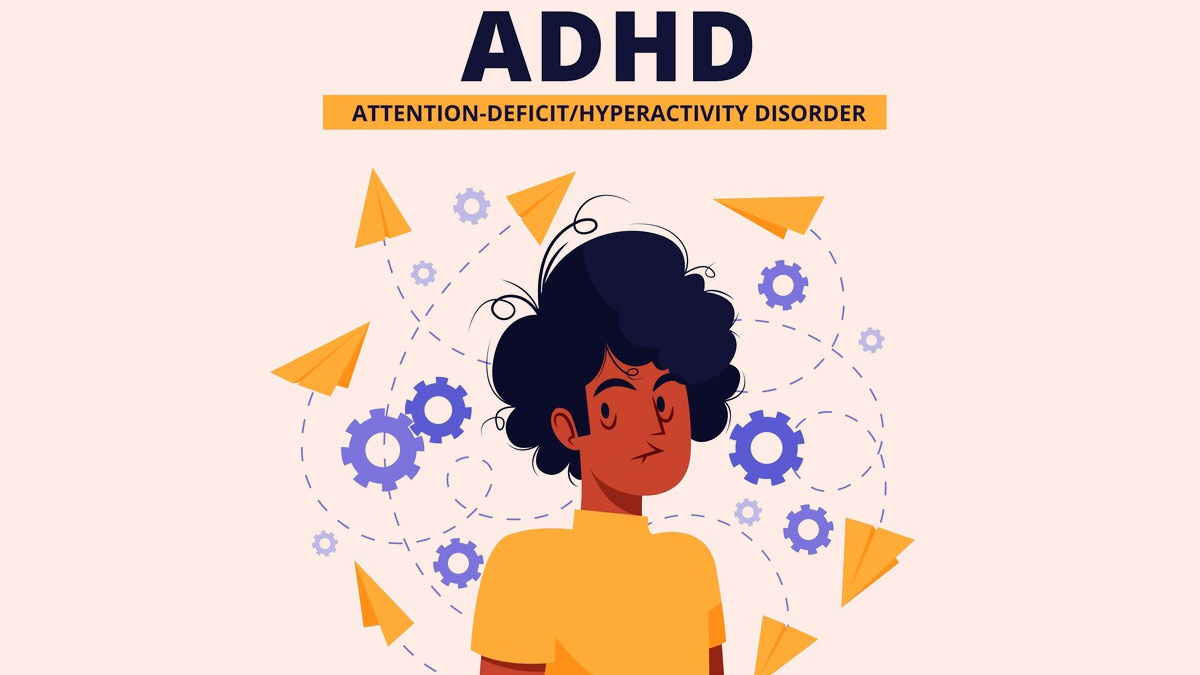
We all must have heard about Attention Deficit Hyperactivity Disorder. It is a much talked about issue on the internet these days. It is a neurodevelopmental disorder, which means this disease produces its symptoms during childhood itself.
Table of Content:-
According to the American Psychiatric Association, ADHD is frequently detected among children during their schooldays. Children start struggling as it causes disturbance or issues with schoolwork. It is more typically diagnosed in boys than in girls. This does not mean that boys are more prone to have ADHD. Boys are more likely to exhibit hyperactivity and other externalising symptoms, whilst girls are more likely to exhibit inactivity.
“The main symptoms include fidgeting, tapping hands or feet, being unable to stay in a sitting posture, excessive chatting, facing difficulty while waiting their turn, and acting without thinking. These children may also have difficulty paying attention, constantly interrupt people during talks, and demonstrate a lack of self-control,” said Dr Sayoni Roy Chowdhury, Consultant - Paediatric Neurology, Madhukar Rainbow Children’s Hospital.
This hyperactivity disorder affects both children and adults, impacting their ability to focus, control impulses, and regulate energy levels.
ADHD, Predominantly Inattentive Presentation (ADHD-I)
People dealing with ADHD-I often struggle with being unable to pay proper attention and may seem forgetful, easily distracted, and disorganised. Key characteristics include:
- Difficulty in paying long time attention to tasks.
- Frequently making careless mistakes due to lack of attention to detail.
- People tend to forget in daily activities.
- Reluctance to engage in activities that require sustained mental effort.
Also read: Can ADHD Cause Dementia? Doctor Explains How, Lists Preventive Measures
ADHD, Predominantly Hyperactive-Impulsive Presentation (ADHD-HI)
This form of ADHD is characterised by hyperactivity and impulsivity. People with ADHD-HI may display the following traits:
- Tapping hands and feet.
- Inability to sit still, often running or climbing in inappropriate situations.
- Talking excessively.
- Impulsivity, why decision-making and difficulty waiting for one's turn.
Identifying ADHD
According to Dr Chowdhary, the diagnostic process includes gathering information from parents, teachers, and the child's behaviour in various situations. This thorough evaluation assists in ruling out other probable causes of the observed actions and ensures an accurate diagnosis."
Observation of The Behaviour
Pay close attention to behavioural patterns, especially in children. Look for consistent signs of inattention, hyperactivity in home, school, and social circle.
Challenges Comes During Education
People with ADHD often face difficulties in academic or work settings. They may struggle to complete tasks, have poor organisational skills, and experience challenges in following instructions.
Social Relationships
ADHD can impact social interactions. Individuals might find it challenging to maintain friendships due to impulsive behaviour, difficulty listening, or being overly talkative.
Self-Reflection
In adults, self-reflection plays a crucial role in identifying ADHD. Recognising patterns of distraction, impulsivity, and difficulty with time management can be a key indicator.
Also read: Why Is ADHD Diagnosis More Difficult Among Young Girls?
Professional Assessment
A skilled doctor, such as that of a psychologist or psychiatrist, is required for an accurate diagnosis. Standardised exams, interviews, and observation are used by these specialists to determine the presence of ADHD and its specific form.
It is important to note that the severity of ADHD symptoms can vary and may fluctuate over time. Seeking help from a professional if you suspect ADHD in yourself or someone else is the first step towards understanding and controlling this illness.
Also watch this video
How we keep this article up to date:
We work with experts and keep a close eye on the latest in health and wellness. Whenever there is a new research or helpful information, we update our articles with accurate and useful advice.
Current Version